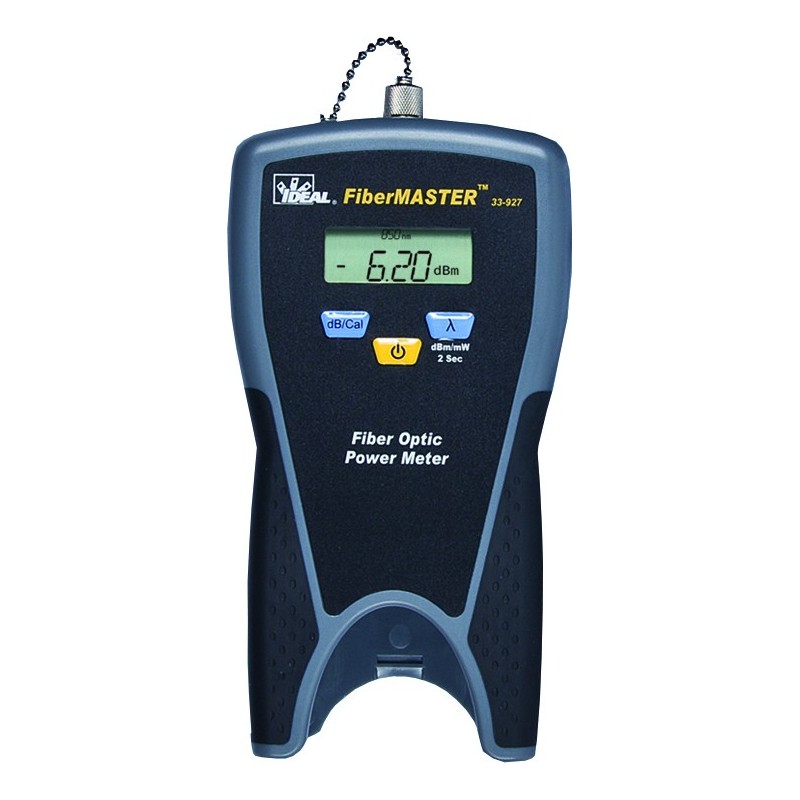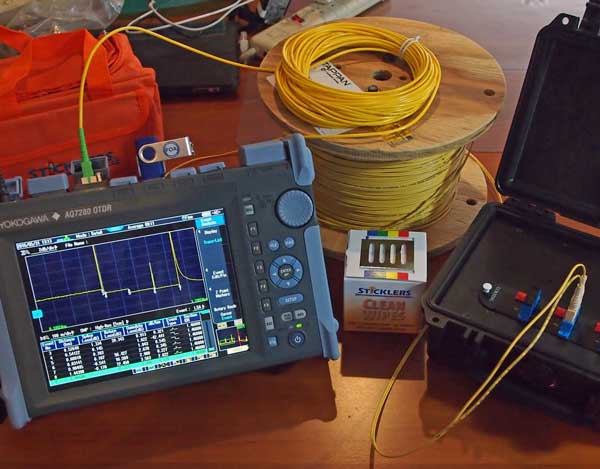How much does robotic vision technology for manufacturers
All You Need to Find Out About Robotic Vision and Its Applications in Advanced Optical Measurement Solutions
Robotic vision stands for a significant development in the intersection of computer vision, expert system, and device knowing. This modern technology boosts the precision of optical dimension systems, making it possible for real-time information evaluation and enhanced top quality control. Its influence extends multiple markets, from producing to medical care. Nonetheless, the evolving landscape of robotic vision elevates questions concerning future abilities and applications (robotic vision). What developments lie ahead in this transformative field?
Understanding Robotic Vision: Trick Concepts and Technologies
Robotic vision incorporates the modern technologies and methods that enable machines to analyze and understand visual details from their environment. This area integrates aspects of computer system vision, artificial knowledge, and artificial intelligence to help with automatic decision-making based on aesthetic data. Key ideas consist of image handling, which includes the enhancement and analysis of photos to draw out meaningful functions, and things acknowledgment, which allows machines to determine and classify items within a scene.

The Assimilation of Robotic Vision With Optical Measurement Solutions
As industries significantly require precision and effectiveness, the combination of robotic vision with optical dimension systems has actually arised as a transformative technique. This synergy permits robotics to perceive and analyze their surroundings, improving the capacity of optical dimension systems to examine and evaluate objects with exceptional precision. By equipping optical sensing units with innovative imaging innovations, robotic vision enables real-time information collection and processing, helping with immediate changes to dimension specifications.
The mix empowers automated systems to spot variants in dimensions, surface area quality, and positioning, which are important in high quality control processes. Improved formulas, such as maker knowing, further enhance this integration by enhancing the systems' capacity to adjust to various environments and circumstances. Subsequently, the integration not only enhances dimension procedures however also reduces errors, making sure that products meet stringent sector requirements, thus solidifying the duty of robotic vision in the future of optical measurement systems.
Applications of Robotic Vision in Manufacturing
In contemporary production settings, using vision systems has revolutionized manufacturing procedures by allowing equipments to carry out tasks with impressive precision and speed. Robotic vision systems are progressively utilized for quality assurance, where they check products for problems and assurance adherence to specs. These systems utilize video cameras and advanced formulas to analyze items in real-time, significantly minimizing the risk of human error.
Additionally, robot vision promotes automation in production line, permitting robotics to precisely determine elements and assemble them with minimal downtime. This modern technology also improves supply management, as vision systems can keep an eye on supply levels and identify inconsistencies, assuring a smooth supply chain.
Robotic vision help in the application of clever factories, where data from vision systems can be integrated with various other innovations to enhance process (robotic vision). Overall, the applications of robotic vision in making demonstrate its critical function in enhancing effectiveness, high quality, and productivity throughout numerous markets
Robotic Vision in Medical Care: Changing Client Treatment

In rehabilitation, robot vision help in checking individual progress and tailoring treatment sessions to individual demands. It sustains physician by automating tasks such as information collection and client surveillance, enabling for even more time to concentrate on direct individual interaction. Furthermore, robotic vision boosts telemedicine by making it possible for remote medical diagnosis and virtual examinations, bridging the gap between patients and health care suppliers. In general, the application of robotic vision in medical care is changing individual care, leading to boosted results, performance, and individual complete satisfaction.
Future Patterns and Growths in Robotic Vision Innovation
The rapid development of robot vision innovation assures to additionally boost its applications across different industries, consisting of health click here to read care. Future fads suggest a significant shift towards including artificial knowledge and device learning, allowing systems to gain from huge datasets and improve accuracy gradually. Boosted sensor technologies and deep learning algorithms are anticipated to improve object recognition capacities, allowing robots to analyze intricate settings extra successfully.

The combination of augmented reality (AR) with robot vision will likely reinvent just how robotics help in surgical treatments and diagnostics. This harmony will promote real-time information visualization, boosting decision-making processes. Additionally, miniaturization of parts will result in more compact and versatile robot vision systems ideal for a variety of tasks. As these innovations unravel, markets will certainly witness enhanced automation and performance, strengthening robotic vision as a keystone of cutting-edge technical remedies.
Often Asked Concerns
What Are the Main Components of a Robotic Vision System?
The primary parts of a robotic vision system consist of electronic cameras for image capture, cpus for data analysis, formulas for interpretation, and actuators for activity. With each other, these elements make it possible for robots to perceive and interact with their environment effectively.
Just How Does Robotic Vision Improve Precision in Measurements?
Robotic vision improves measurement precision by using advanced imaging technologies, making it possible for specific object detection and spatial evaluation. This capability minimizes human mistake, raises repeatability, and permits real-time changes, eventually improving total measurement reliability and performance.
What Industries Advantage A Lot Of From Robotic Vision Innovation?
Various industries profit significantly from robot vision innovation, including production, health care, farming, and logistics. These sectors utilize enhanced accuracy, performance, and automation, leading to improved efficiency and reduced operational costs in their respective processes.
Can Robotic Vision Systems Work in Low-Light Conditions?
Robotic vision systems can without a doubt operate in low-light problems, using sophisticated sensing units and algorithms to boost image quality. This capability allows them to carry out properly in numerous environments, including industrial and go to the website monitoring applications, also with very little lighting.
What Are the Expenses Connected With Applying Robotic Vision?
The expenses related to applying robot vision vary substantially, influenced by components such as video cameras, software application, and combination. Extra costs consist of maintenance, training personnel, and potential upgrades to existing systems, which can collect gradually.